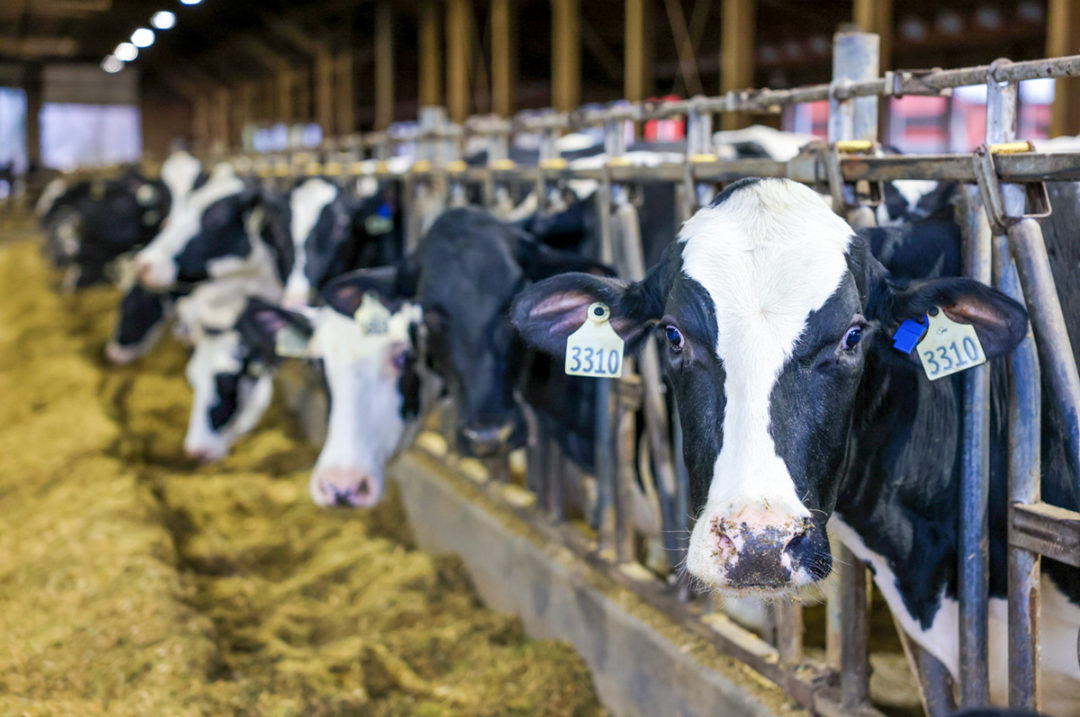We are fortunate to be living in a very special moment for our industry. The dairy business is at an inflection point where technology is advancing at a such fast pace that the opportunities to move the industry forward seem limitless. However, it is also a challenging time where it is hard to stay up to date and fully comprehend the potential benefits.
With more and more data-based innovations on the horizon, here is a summary of how this technology works and how it may help dairy producers care for their cows and improve milking productivity.
Big data and the cloud
The terms “big data” and “the cloud” are popular buzzwords these days, but what do they mean in terms of new opportunities? Why move data from a PC to a cloud-based system?
First, what is meant by big data? As the systems that operate on a dairy farm become more complex, the amount of data generated and collected is huge. Data may come from different devices and sources, such as milking systems, feeding systems, tractors, machinery, barn controllers, wearables on cows, cameras, etc. All these things create opportunities to improve on-farm sustainability, consumer transparency, the environment, labor optimization, profitability and more.
Imagine processing such an extremely large and diverse amount of data, which continues to grow exponentially over time. These datasets are so enormous and complex that traditional data management systems cannot store, process and analyze them to their full potential.
New platforms using powerful cloud-based servers and systems make it possible to manage and integrate big data on farms. This means more advanced analytical models can be implemented while also providing better opportunities for application programming interface (API) sharing – or data sharing between software – and making data accessible from virtually anywhere.
What about artificial intelligence?
Big data can be used in artificial intelligence (AI), predictive modeling, and other advanced analytics to solve problems and make informed decisions. AI is pretty much part of everyday life and is nothing new; it has been around for decades. However, the development of the technology is going so quickly that even the experts and people and companies working on it may be struggling to stay fully up to date.
It all started with algorithms, and dairy farms have been using these for many years already. Take for example activity monitoring systems, which use algorithms to detect cows in heat.
More recently, AI evolved into machine learning, which is a type of AI that gives computers the power to learn from the data they process. Early on, programmers were trying to create AI by “programming the knowledge,” which is a human writing the code that tells the computer what to do with the data. Today, to train machine learning, data scientists present a huge amount of labeled data to the computer, which it uses to identify patterns that allow it to recognize and classify an outcome.
To illustrate how machine learning works, think about a system being presented many pictures of apples and bananas, all of them properly labeled as “apple” or “banana.” The computer will then recognize these patterns and identify new pictures as an apple or a banana or something else. Machine learning will likely get better over time as it can be trained to compute additional labeled data – a tremendous advantage compared to traditional algorithms.
Machine learning might be good at recognizing data patterns, but it is less effective when the task requires more complex planning or extremely long chains of data. This is the next step in the evolution of AI called deep learning. Deep learning utilizes something called neural networks. The concept mimics how our brains work, so it is capable of more complex processing compared with previous machine learning models.
As AI continues advancing, it is possible that we’ll see new solutions using generative AI. This is a type of AI capable of understanding a user’s prompt and generating an answer or content after analyzing a tremendous amount of data and information. Good examples of these are OpenAI’s ChatGPT and Google's Bard.
AI possibilities for farms
So, what does this mean for the advancement of dairy farming? Imagine a deep learning model analyzing the behavioral data of cows in heat, finding patterns that we as humans may not be aware of. As more data is collected, the model learns more and finds new patterns, making the prediction of heat more reliable and accurate than ever before. Deep learning models are also helping predict sickness and disease. All this AI functionality is becoming a reality on some dairy farms today.
It is fascinating to wonder what other advancements in AI are waiting to be discovered. What other patterns are out there that have yet to be identified? How will AI continue to help optimize the operation of dairy farms?
Big data and AI are helping us to understand our cows better. After thousands of years of farming with cows, today’s technology is giving us opportunities to improve their welfare, their productivity and the overall sustainability of our dairy farms like never before.







